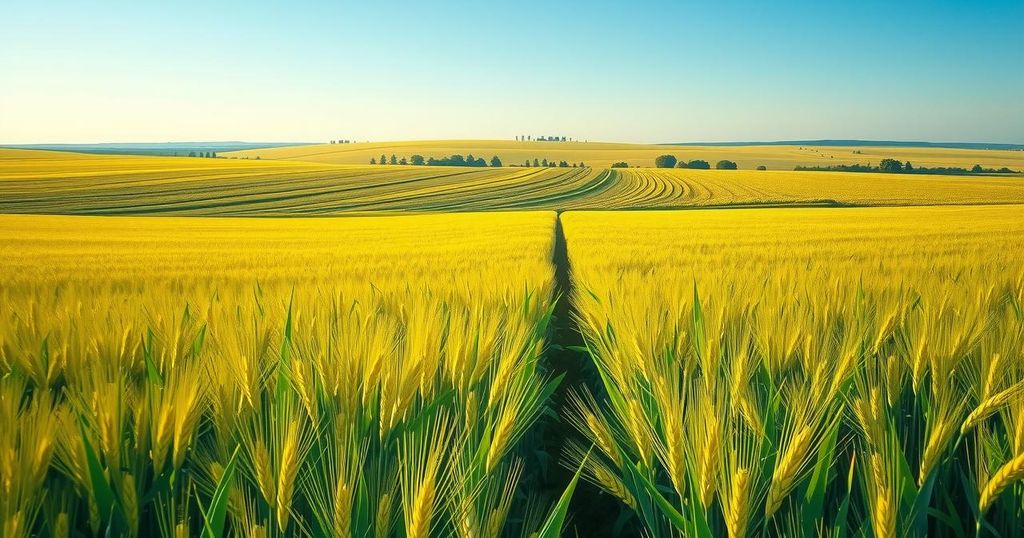Argentina’s Agricultural Boom: Weather-Driven Yields and Export Opportunities
- Argentina’s wheat and soybean sectors show transformative potential this year.
- Wheat planting for the 2025/26 season has accelerated significantly.
- The soybean harvest achieved a 7.9% increase in production from the prior year.
- A reduced export tax on soybeans enhances competitiveness in the global market.
- Investors have strong opportunities in wheat futures and agribusiness stocks.
Agricultural Sector Experiences Significant Changes
Argentina is at the brink of an agricultural renaissance, thanks to a combination of favorable weather conditions and significant policy changes. This year, the nation’s wheat and soybean sectors are witnessing what many observers are calling transformative growth. After having dealt with years of inconsistencies and market volatility, both local farmers and investors alike are now looking at a landscape rife with opportunities for record production and export growth. The prospects are bright, and now more than ever, it’s crucial to keep an eye on Argentina’s agricultural advancements.
Wheat Planting Gains Momentum Amid Conditions
The latest reports indicate that the wheat planting for the 2025/26 season is picking up pace, with the Buenos Aires Grains Exchange indicating that by late June, 72.7% of the intended 6.7 million hectares were already planted. This is a notable increase, especially with a cold and dry July allowing farmers to complete previous soy and corn harvests, thus clearing fields for wheat. It’s worth noting that while the eastern parts of the country, including Buenos Aires province, faced some delays, a dry spell in June has worked in farmers’ favor. The Rosario Grains Exchange notes that soil moisture levels are comparable to those in 2021, which was a record year for wheat yields. The expected harvest is projected to be around 20.5 million metric tons, a 15% uptick from the previous season, although August and September rainfall will be critical to monitor, particularly since the western Pampas region could face challenges if rainfalls fall short of expectations.
Argentina’s agricultural landscape is filled with potential, with optimistic weather patterns and expansive exports on the horizon. Both wheat and soybean outputs are on the rise, driven by favorable conditions and strategic policy measures. However, investors need to remain vigilant about potential risks including weather variability and geopolitical tensions.




Post Comment